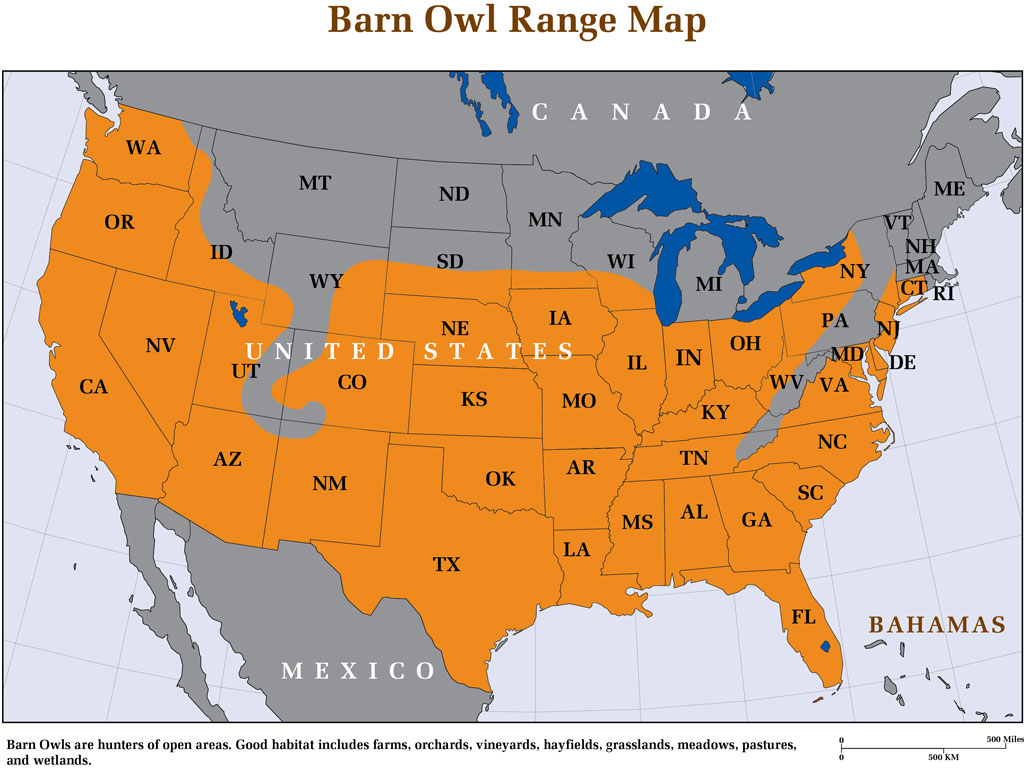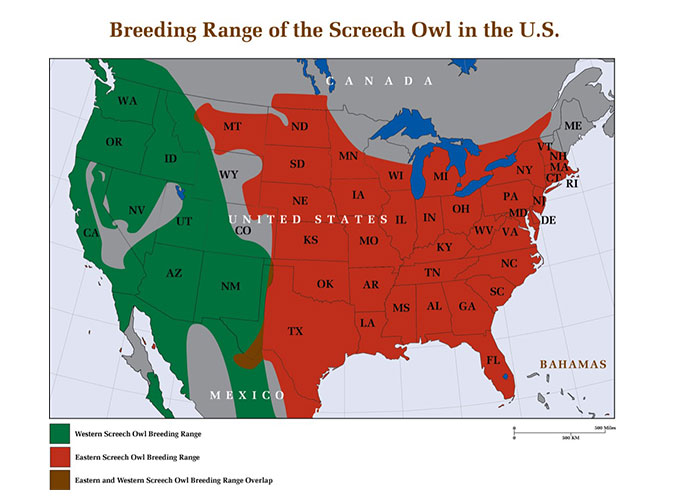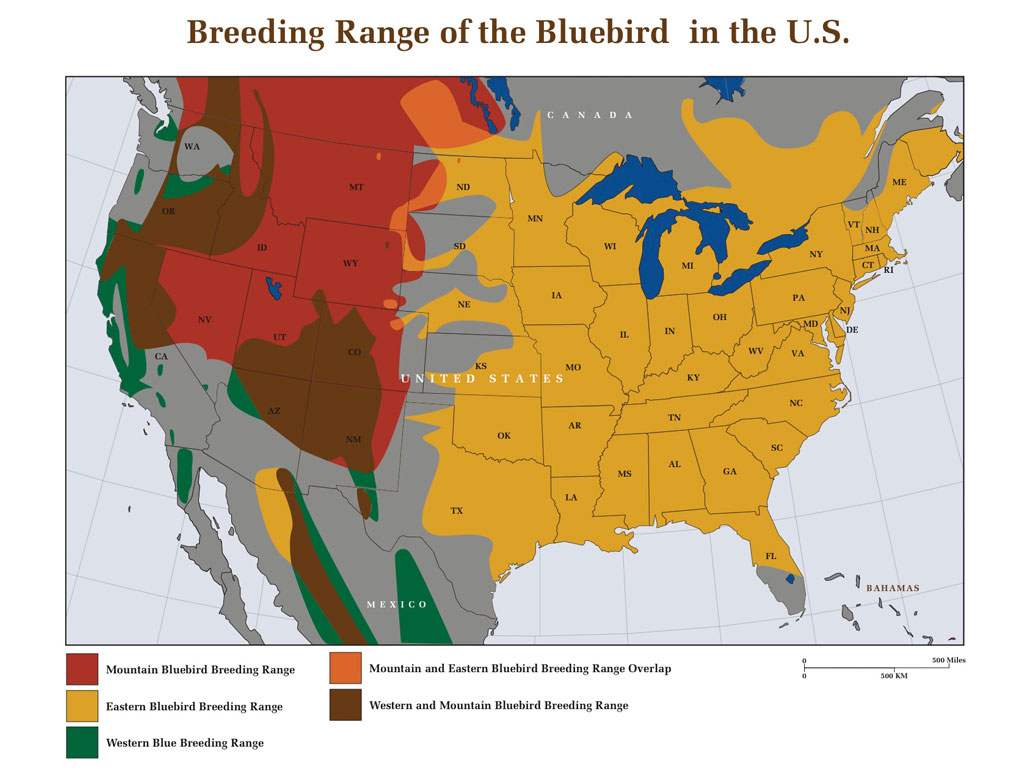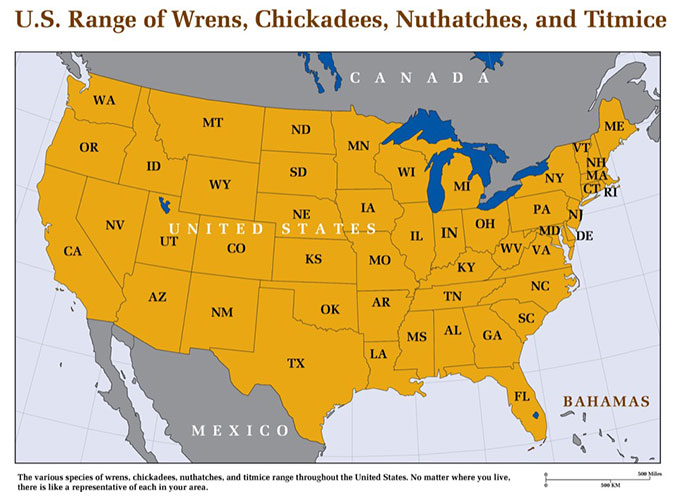Free Shipping to the Contiguous United States
Barn Owls Contribute to Rodent Control
Barn owls have been contributing to rodent control long before the term integrated pest management was born. Since humans planted crops and built shelters, barn owls have lived in close proximity to us. In recent years, using barn owls for pest management has become much more sophisticated. Farms have been able to establish densities of up to one pair for every 20 acres or less, creating an efficient rodent killing system that is self perpetuating.
The reasons that barn owls can be used in this way have to do with the unique nature of barn owl biology:
- Barn owls are cavity nesters, dependent upon large hollow trees or some other type of hollow. This means that they can be easily attracted to nest boxes.
- Barn owls live and raise young comfortably around human activity such as busy farmyards and agricultural fields
- Barn owls are not territorial; they often form nesting colonies in small areas, allowing farmers to establish many nest boxes within sight of each other
- Barn owls raise large numbers of young for a raptor—up to 13 young have been recorded in one nest, although 4 to 7 is more common
 Barn owls respond to higher rodent numbers by producing more young per brood, and producing more than one brood per year.
Barn owls respond to higher rodent numbers by producing more young per brood, and producing more than one brood per year.- Because they have such voracious appetites and have so many young, a single family of barn owls can consume over 1000 pocket gophers per year, or over 3000 mice or voles.
- Barn owls are extremely faithful to their nest sites, raising young year after year; and as older barn owls perish, new ones take their places.
- Once established, barn owls need very little maintenance, and can create a population that remains for many years.
Integrated pest management takes a broad, multi-disciplined approach to rodent control. Barn owls can assist natural rodent control programs by harvesting large numbers of rodents throughout the year. This allows other approaches such as trapping and the use of buffer zones to be more effective.
No ≥ Grade 3 QT prolongation or events of Torsade de Pointes were reported [see Adverse Reactions (6. To apply the gel, use a cotton-tipped applicator or your finger. The liquid should be added to a half glass of water, fruit juice, or ginger ale and you should drink it immediately http://www.apotek-sverige.org/. Drug approval in 2013 Diclegis is manufactured by Duchesnay Inc.








